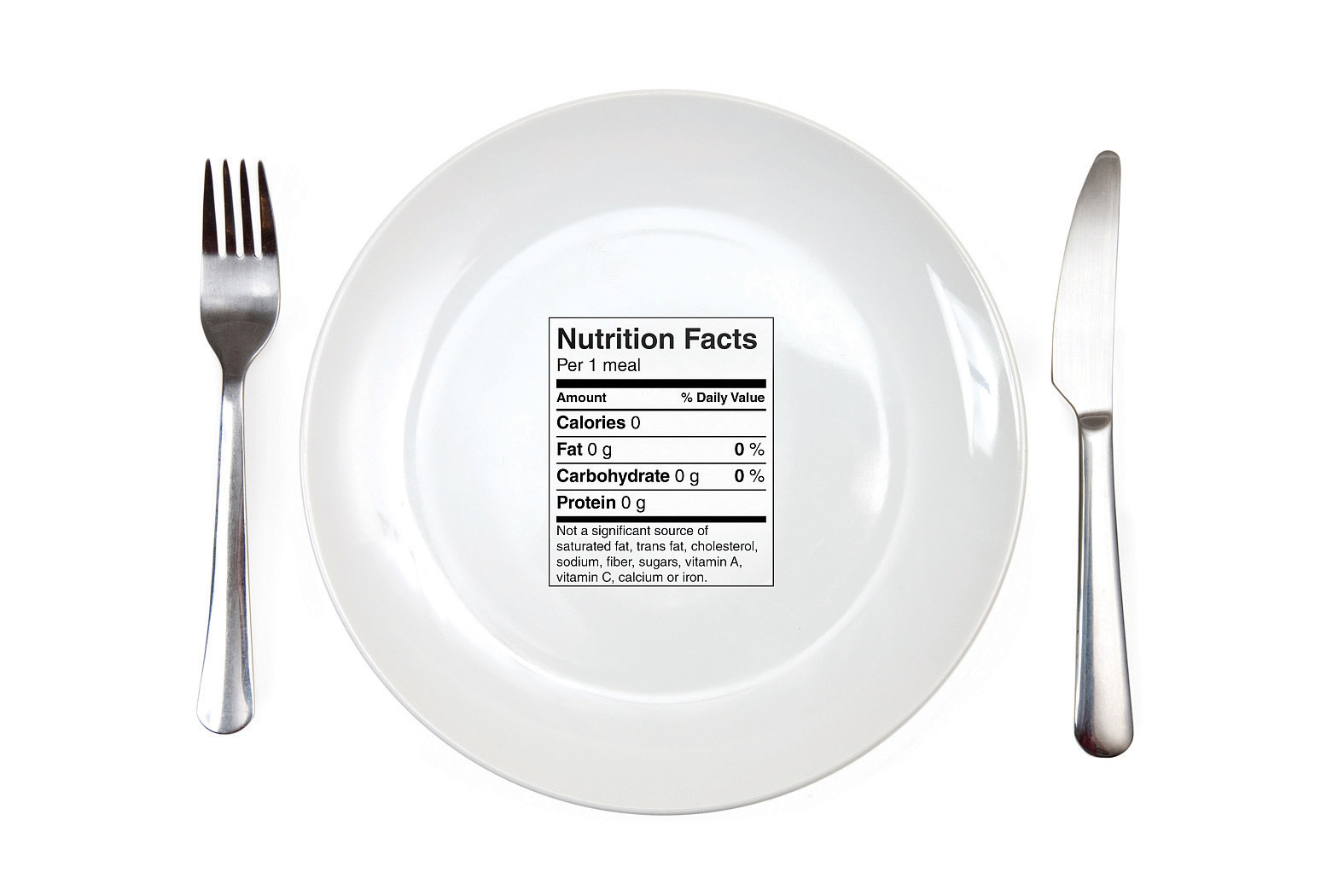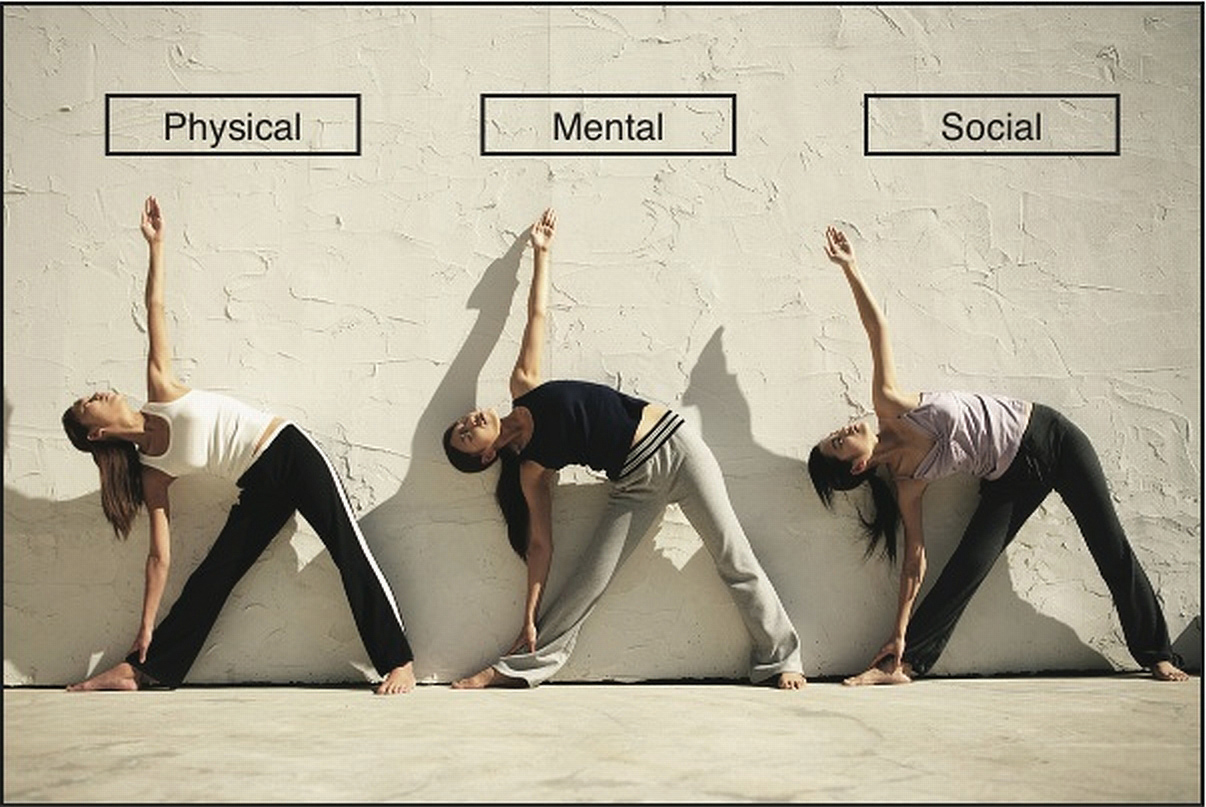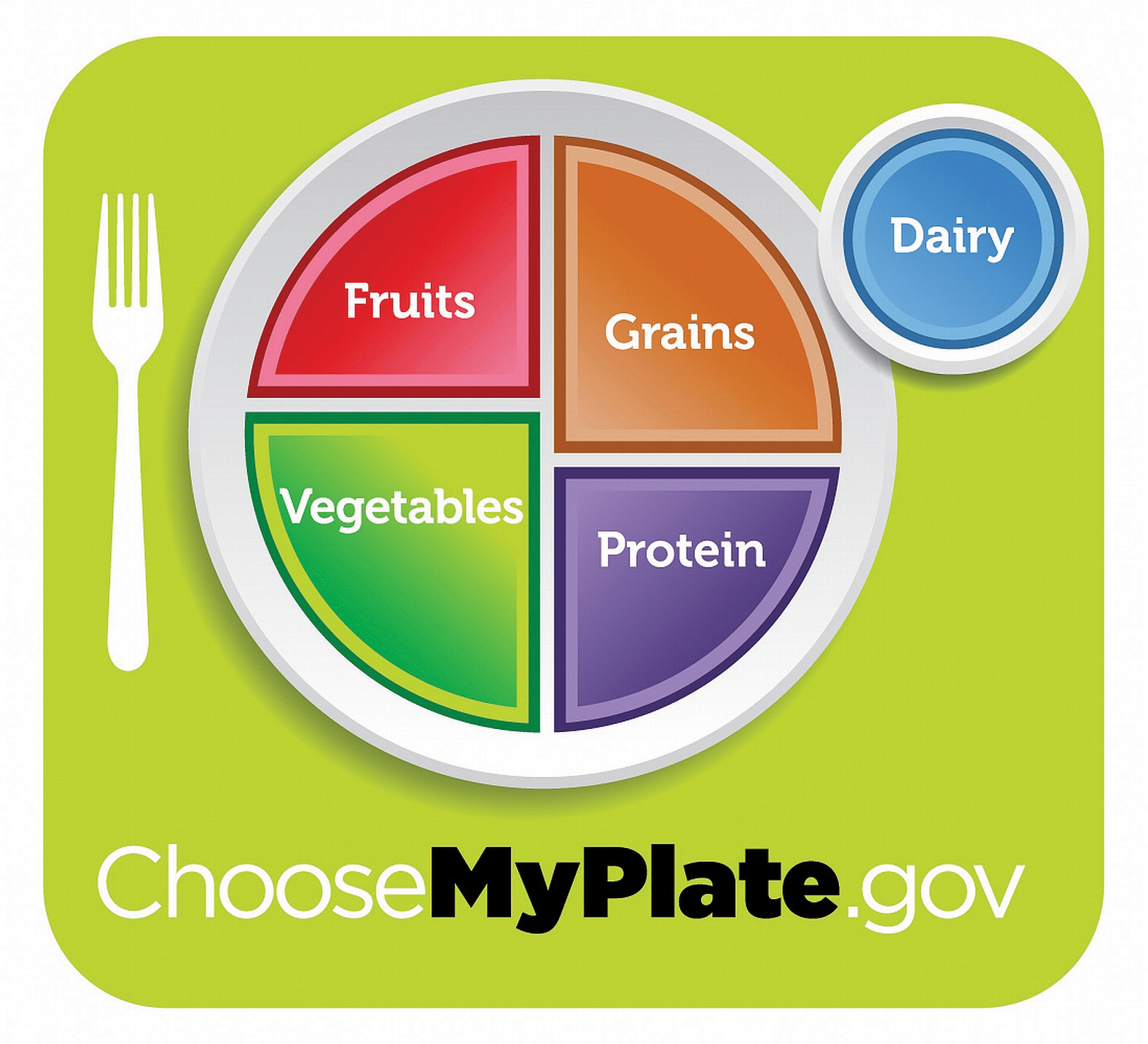This is “Defining Nutrition, Health, and Disease”, section 1.1 from the book An Introduction to Nutrition (v. 1.0). For details on it (including licensing), click here.
For more information on the source of this book, or why it is available for free, please see the project's home page. You can browse or download additional books there. To download a .zip file containing this book to use offline, simply click here.
1.1 Defining Nutrition, Health, and Disease
Learning Objective
- Explain the terms nutrition, health, health promotion, and disease prevention.
Your View of Food
Americans are bombarded with television programs that show where to find the best dinners, pizzas, and cakes, and the restaurants that serve the biggest and juiciest burgers. Other programs feature chefs battling to prepare meals, and the top places to burst your belly from consuming atomic chicken wings and deli sandwiches longer than a foot. There are also shows that feature bizarre foods from cultures around the world. How do you use the information from popular network food shows to build a nutritious meal? You don’t—these shows are for entertainment. The construction of a nutritious meal requires learning about which foods are healthy and which foods are not, how foods and nutrients function in your body, and how to use scientific resources. This text is designed to provide you with the information necessary to make sound nutritional choices that will optimize health and help prevent disease.

How do you fill your plate?
© Shutterstock
The word nutrition first appeared in 1551 and comes from the Latin word nutrire, meaning “to nourish.” Today, we define nutritionThe sum of all processes involved in how organisms obtain nutrients, metabolize them, and use them to support all of life’s processes. as the sum of all processes involved in how organisms obtain nutrients, metabolize them, and use them to support all of life’s processes. Nutritional scienceThe investigation of how an organism is nourished, and how nourishment affects personal health, population health, and planetary health. is the investigation of how an organism is nourished, and incorporates the study of how nourishment affects personal health, population health, and planetary health. Nutritional science covers a wide spectrum of disciplines. As a result, nutritional scientists can specialize in particular aspects of nutrition such as biology, physiology, immunology, biochemistry, education, psychology, sustainability, and sociology.
Without adequate nutrition the human body does not function optimally, and severe nutritional inadequacy can lead to disease and even death. The typical American diet is lacking in many ways, from not containing the proper amounts of essential nutrients, to being too speedily consumed, to being only meagerly satisfying. Dietitians are nutrition professionals who integrate their knowledge of nutritional science into helping people achieve a healthy diet and develop good dietary habits. The Academy of Nutrition and Dietetics (AND) is the largest organization of nutrition professionals worldwide and dietitians registered with the AND are committed to helping Americans eat well and live healthier lives. To learn more from the AND’s nutritional advice, visit http://www.eatright.org/default.aspx.
Your ability to wake up, to think clearly, to communicate, to hope, to dream, to go to school, to gain knowledge, to go to work, to earn a living, and to do all of the things that you like to do are dependent upon one factor—your health. Good health means you are able to function normally and work hard to achieve your goals in life. For the next few minutes, take some time to view snapshots of the insides of the refrigerators of American mechanics, doctors, school teachers, hunters, short-order cooks, college students, vegans, and more. Visit Mark Menjivar’s portrait exhibition, “You Are What You Eat” (Note 1.7 "Interactive 1.1"). Menjivar hopes these images will invoke new thoughts about, “How we care for our bodies. How we care for others. And how we care for the land.” As you look at these images think about your personal health, the health of your family and friends, and the health of this planet. These hopes encompass the inspirations for this book.
Interactive 1.1
Mark Menjivar has traveled around the United States taking photographs of the contents of refrigerators of numerous types of people. The portraits are available for viewing on his website under “You Are What You Eat.”
Nutrition and Health and Disease
In 1946, the World Health Organization (WHO) defined healthA state of complete physical, mental, and social well-being and not merely the absence of disease or infirmity. as “a state of complete physical, mental, and social well-being, and not merely the absence of disease or infirmity.”World Health Organization. Preamble to the Constitution of the World Health Organization as adopted by the International Health Conference, New York, June 19–July 22, 1946. http://www.who.int/suggestions/faq/en/ This definition was adopted into the WHO consititution in 1948 and has not been ammended since. A triangle is often used to depict the equal influences of physical, mental, and social well-being on health (Figure 1.1 "The Health Triangle"). DiseaseAny abnormal condition that affects the health of an organism and is characterized by specific signs and symptoms. is defined as any abnormal condition affecting the health of an organism, and is characterized by specific signs and symptoms. Signs refer to identifying characteristics of a disease such as swelling, weight loss, or fever. Symptoms are the features of a disease recognized by a patient and/or their doctor. Symptoms can include nausea, fatigue, irritability, and pain. Diseases are broadly categorized as resulting from pathogens (i.e., bacteria, viruses, fungi, and parasites), deficiencies, genetics, and physiological dysfunction. Diseases that primarily affect physical health are those that impair body structure (as is the case with osteoporosis), or functioning (as is the case with cardiovascular disease). Mental illnesses primarily affect mental and social well-being.
Figure 1.1 The Health Triangle

© Thinkstock
The foods we eat affect all three aspects of our health. For example, a teen with Type 2 diabetes (a disease brought on by poor diet) is first diagnosed by physical signs and symptoms such as increased urination, thirstiness, and unexplained weight loss. But research has also found that teens with Type 2 diabetes have impaired thinking and do not interact well with others in school, thereby affecting mental and social well-being. Type 2 diabetes is just one example of a physiological disease that affects all aspects of health—physical, mental, and social.
Public Health and Disease Prevention
In 1894, the first congressional funds were appropriated to the US Department of Agriculture (USDA) for the study of the relationship between nutrition and human health. Dr. Wilbur Olin Atwater was appointed as the Chief of Nutrition Investigations and is accoladed as the “Father of Nutrition Science” in America.Combs, G.F. “Celebration of the Past: Nutrition at USDA.” J Nutr 124, no. 9 supplement (1994): 1728S–32S. http://jn.nutrition.org/content/124/9_Suppl/1728S.long Under his guidance the USDA released the first bulletin to the American public that contained information on the amounts of fat, carbohydrates, proteins, and food energy in various foods. Nutritional science advanced considerably in these early years, but it took until 1980 for the USDA and the US Department of Health and Human Services (HHS) to jointly release the first edition of Nutrition and Your Health: Dietary Guidelines for Americans.
Although wide distribution of dietary guidelines did not come about until the 1980s, many historical events that demonstrated the importance of diet to health preceded their release. Assessments of the American diet in the 1930s led President Franklin D. Roosevelt to declare in his inaugural address on January 20, 1937, “I see one-third of our nation is ill-housed, ill-clad, and ill-nourished.” From the time of Atwater until the onset of the Great Depression nutritional scientists had discovered many of the vitamins and minerals essential for the functioning of the human body. Their work and the acknowledgement by President FDR of the nutritional inadequacy of the American diet evoked a united response between scientists and government leading to the enrichment of flour, the development of school lunch programs, and advancements of nutritional education in this country.
Figure 1.2 The Federal Government’s New and Improved Tool of Nutritional Communication

In the latter part of the twentieth century nutritional scientists, public health organizations, and the American public increasingly recognized that eating too much of certain foods is linked to chronic diseases. We now know that diet-related conditions and diseases include hypertension (high blood pressure), obesity, Type 2 diabetes, cardiovascular disease, some cancers, and osteoporosis. These diet-related conditions and diseases are some of the biggest killers of Americans. The HHS reports that unhealthy diets and inactivity cause between 310,000 and 580,000 deaths every single year.Center for Science in the Public Interest. “Nutrition Policy.” Accessed March 1, 2012. http://www.cspinet.org/nutritionpolicy/nutrition_policy.html#disease According to the USDA, eating healthier could save Americans over $70 billion per year and this does not include the cost of obesity, which is estimated to cost a further $117 billion per year.Combs, G.F. “Celebration of the Past: Nutrition at USDA.” J Nutr 124, no. 9 supplement (1994): 1728S–32S. http://jn.nutrition.org/content/124/9_Suppl/1728S.long Unfortunately, despite the fact that the prevalence of these diseases can be decreased by healthier diets and increased physical activity, the CDC reports that the federal government spends one thousand times more to treat disease than to prevent it ($1,390 versus $1.21 per person each year).Combs, G.F. “Celebration of the Past: Nutrition at USDA.” J Nutr 124, no. 9 supplement (1994): 1728S–32S. http://jn.nutrition.org/content/124/9_Suppl/1728S.long In 2010, the new edition of the dietary guidelines identified obesity as the number one nutritional-related health problem in the United States and established strategies to combat its incidence and health consequences in the American population. A 2008 study in the journal Obesity reported that if current trends are not changed, 100 percent of Americans will be overweight or obese in 2048!Wang Y, et al. “Will All Americans Become Overweight or Obese? Estimating the Progression and Cost of the US Obesity Epidemic.” Obesity 10, no. 16 (October 2008): 2323–30. http://www.nature.com/oby/journal/v16/n10/full/oby2008351a.html In 2011, the US federal government released a new multimedia tool that aims to help Americans choose healthier foods from the five food groups (grains, vegetables, fruits, dairy, and proteins). The tool, called “Choose MyPlate,” is available at choosemyplate.gov.
Key Takeaways
- Health is defined as “a state of complete physical, mental, and social well-being, and not merely the absence of disease or infirmity.”World Health Organization. “WHO definition of health.” http://www.who.int/about/definition/en/print.html.
- Disease is defined as any abnormal condition that affects the health of an organism, and is characterized by specific signs and symptoms.
- Disease affects all three aspects of the health triangle.
- Good nutrition provides a mechanism to promote health and prevent disease.
- Diet-related conditions and diseases include obesity, Type 2 diabetes, cardiovascular disease, some cancers, and osteoporosis.
- It took until the 1980s for the US federal government to develop a diet-related public policy designed to equip Americans with the tools to change to a healthier diet.
Discussion Starters
- How might the way we nourish our bodies affect planetary health?
- Debate your classmates: Should the federal government be concerned with what Americans eat?




